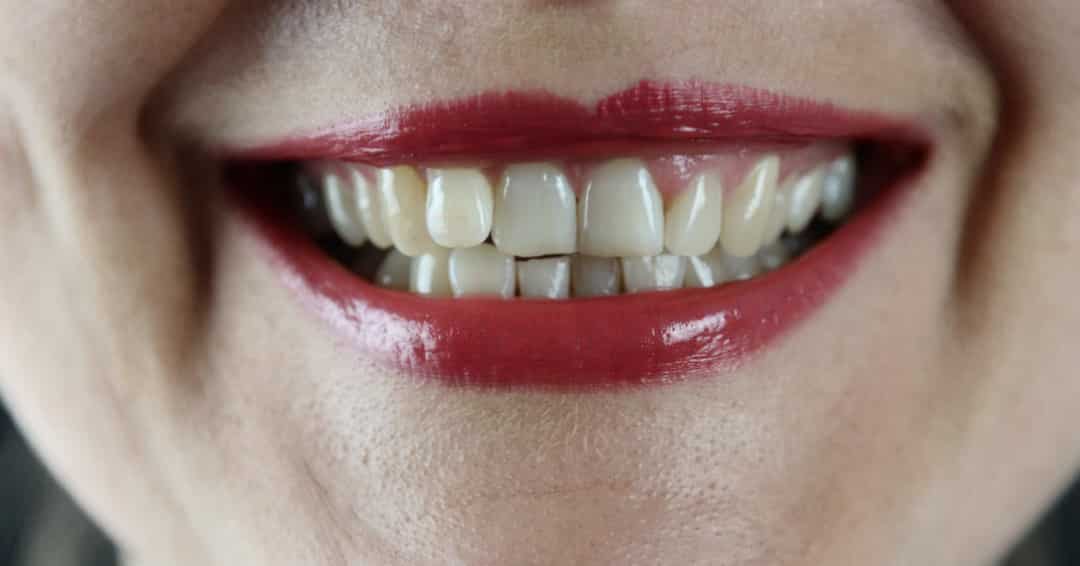Steps To Take If You Have a Loose Dental Crown
November 20, 2025

July 27, 2020
Most people understand that it is vital to take care of their teeth, but are you familiar with the various types of teeth in your oral cavity and their uses? Your teeth are always working so hard, and it is not just to chew and bite food. They also aid in speaking and sensation while supporting your facial structure. When you understand your oral cavity, you will have the proper knowledge to look after your teeth.
Teeth are made from minerals and proteins, making them among the most durable parts of the human body. It is important to note that teeth start developing during pregnancy, specifically between 3-6 months.
Humans develop two sets of teeth in their lifetime, primary or baby teeth, and adult or permanent teeth. The first set of 20 baby teeth start growing when a baby is about six months and come out between ages 6-12. Babies do not initially grow all four types of teeth. By the age of 21, most people have their set of 32 adult teeth. Read on to learn the four types of teeth.
These are the four bottom and four top teeth at the front of your mouth. They are the first baby teeth to appear; they do so when a baby is six months old and between the ages of 6-8. Incisors are sharp and chisel-shaped. They are used for cutting and biting, helping with the pronunciation of words, and supporting the lips.
These are the four pointy and sharp teeth, one on every side of your upper and lower incisors. They can also be called cuspids (cusps) and have the longest roots. The first baby canines poke through the gum at 16-20 months while the first adult set between 9-12 years.
These are for tearing food and help to form the corners of the mouth, thus guiding all the other teeth into place.
Among the four types of teeth, this set is not part of the baby’s teeth. Adults have eight premolars; they are four on each jaw, located behind and adjacent to the canines. The first premolars start to appear at around age 10. Premolars have a flat, ridged surface for chewing, crushing, and grinding food. They are also essential in maintaining the structure of your face.
These are the 12 teeth found at the furthest corners of your mouth, six on each jaw. You have primary molars that come out between 12-28 months and are replaced by premolars. The second set comes in between ages 11 and 13. They are broad, flat, and have cusps, which assist in grinding food. The four molars found in the furthest corners of the jaws are known as wisdom teeth and appear last in young adulthood.
Keep your teeth in tip-top shape by brushing and flossing regularly and have them checked and cleaned by a professional. If you have any questions, call or schedule an appointment with Mountain View Dental for an elevated dental experience.
2797 U.S. 89 #201
Pleasant View, UT 84414
| Monday | 8 AM - 5 PM |
|---|---|
| Tuesday | 8 AM - 7 PM |
| Wednesday | 8 AM - 7 PM |
| Thursday | 8 AM - 7 PM |
| Friday | 8 AM - 3 PM |
| Saturday | 8 AM - 12 PM |
| Sunday | Closed |
Proudly accepting new patients from: Pleasant View, North Ogden, Harrisville, Farr West, Marriott-Slaterville, Ogden, Plain City, South Willard, Willard and Perry!
© 2025 | Mountain View Dental | All Rights Reserved | Accessibility | Anti-Discrimination | Healthcare Disclaimer | HIPAA Privacy Policy | Privacy Policy | Terms | XML Sitemap | Sitemap | Site by PDM
